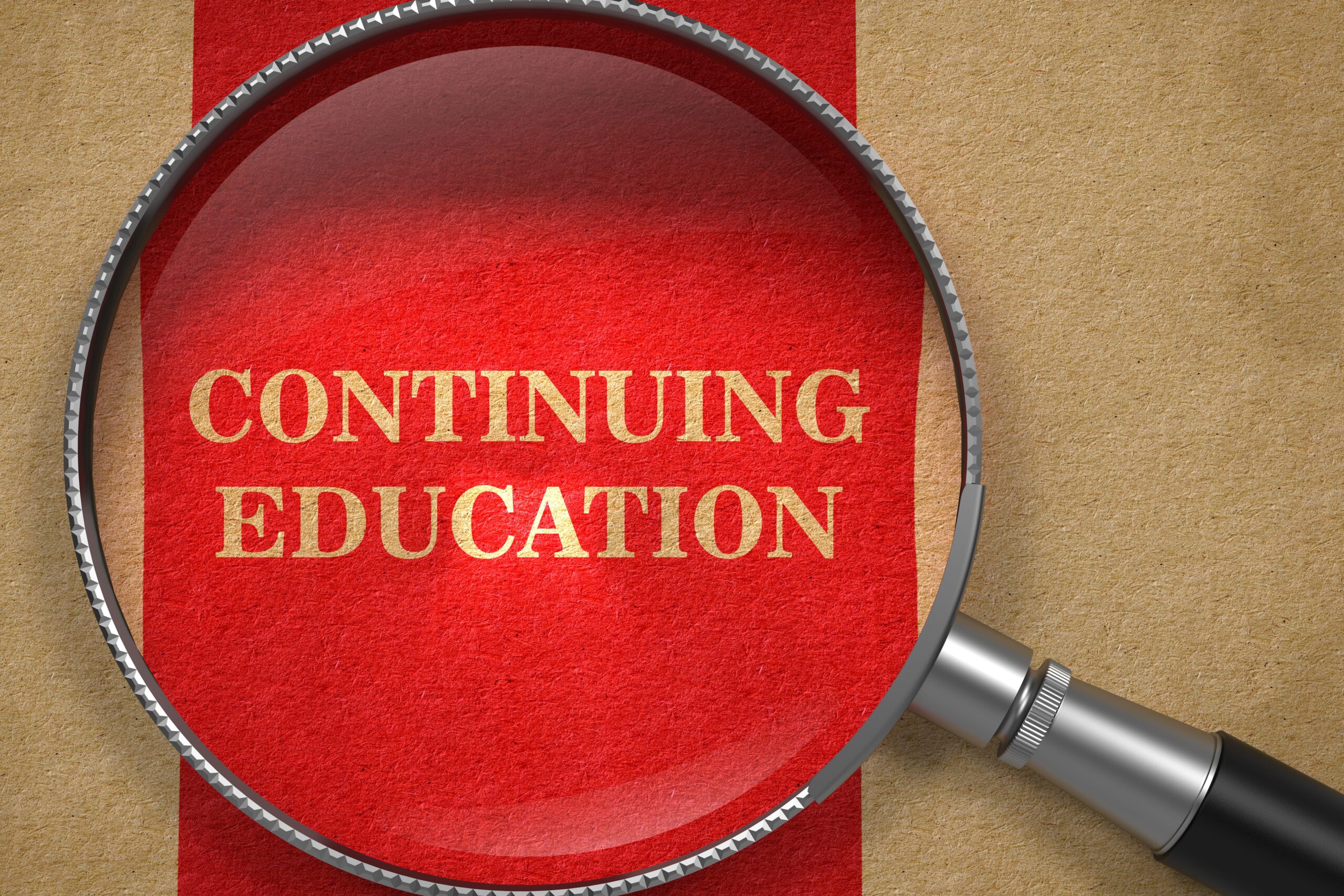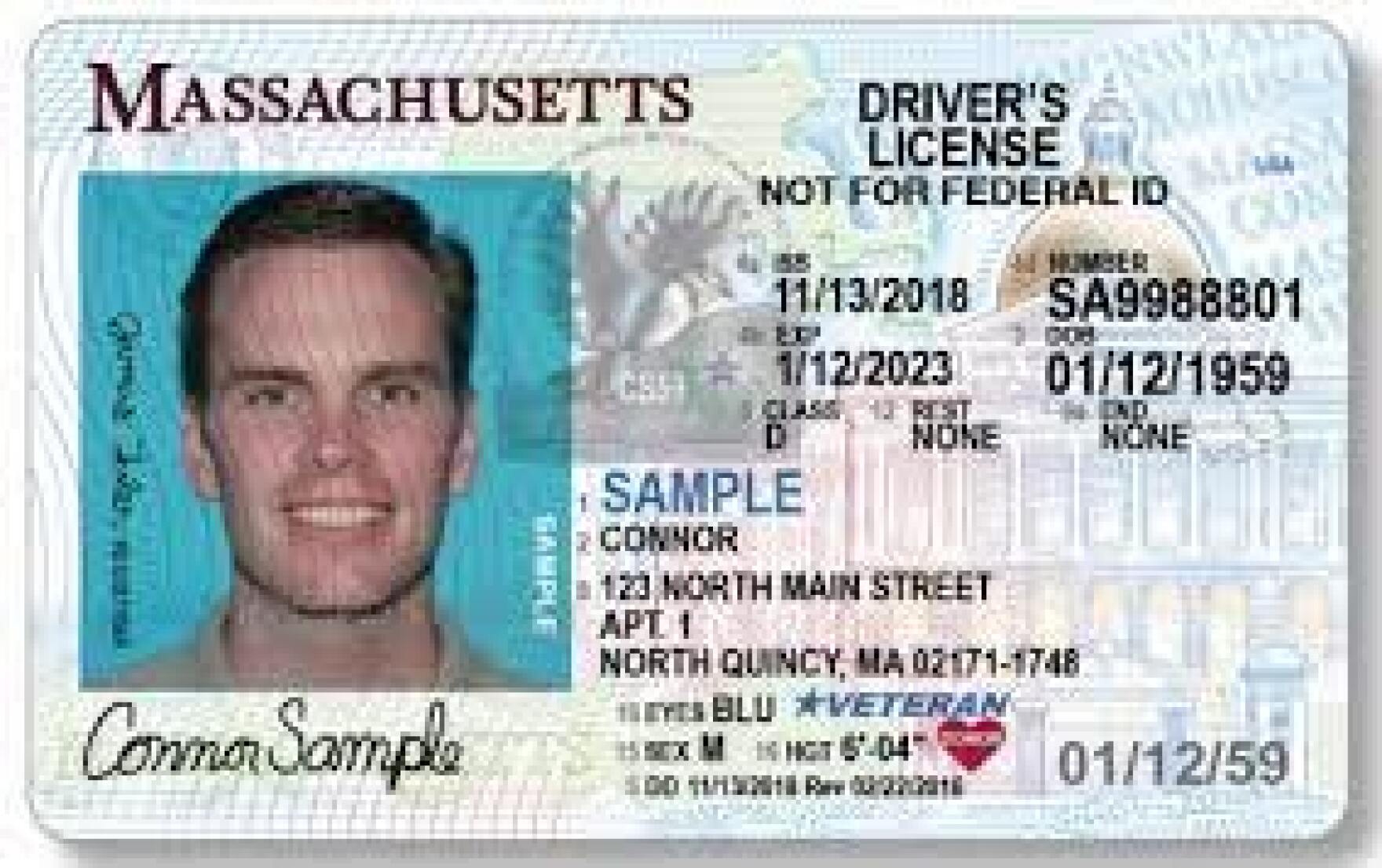Community Wellness: Building Holistic Health Together
Introduction to Community Wellness
Community wellness is a comprehensive approach to health that recognizes the interconnectedness of individuals, groups, and environments in fostering holistic well-being. Unlike traditional healthcare models that focus on treating illness, community wellness emphasizes proactive, intentional actions that support
physical
,
emotional
,
social
,
intellectual
,
spiritual
, and
occupational
health within a collective setting
[1]
. This multidimensional method encourages communities to collaborate in creating supportive environments, accessible resources, and inclusive practices that empower everyone to thrive.
Understanding the Dimensions of Wellness
The widely accepted model by the National Wellness Institute and related organizations outlines six key dimensions of wellness: emotional, physical, social, intellectual, spiritual, and occupational [2] . Some institutions and experts expand these to include environmental, financial, cultural, and interpersonal aspects [1] [3] . Each dimension plays a vital role in overall wellness:
-
Physical Wellness
: Encourages regular activity, healthy eating, preventive care, and reduction of harmful habits. -
Emotional Wellness
: Focuses on self-awareness, stress management, and healthy relationships. -
Social Wellness
: Builds supportive networks and fosters inclusive communities [4] . -
Intellectual Wellness
: Promotes lifelong learning, curiosity, and creativity. -
Spiritual Wellness
: Provides meaning, purpose, and resilience through values, beliefs, and reflection. -
Occupational Wellness
: Supports personal satisfaction and enrichment through meaningful work or volunteering.
These dimensions are interdependent; neglecting one can impact overall well-being. For example, chronic stress (emotional) may lead to physical illness, while social isolation can affect mental health.
Community Wellness in Practice
Effective community wellness initiatives require coordinated efforts among individuals, organizations, and local leaders. Successful programs often include:
- Accessible fitness facilities and nutrition education
- Mental health support groups and counseling centers
- Community art, music, and cultural events
- Workshops on financial literacy and career development
- Environmental stewardship activities, such as clean-up days and sustainability campaigns
- Spiritual support through meditation groups, faith-based services, or reflection rooms
For example, a university campus may establish a wellness center offering counseling, fitness classes, and peer mentoring, while a neighborhood might organize block parties and volunteer efforts to foster social connection and shared purpose [4] .
Accessing Community Wellness Resources
To access or promote community wellness, consider these actionable steps:
-
Identify Local Resources
: Many universities, municipal governments, and nonprofits offer wellness programs. Search for “community wellness center” or “local health coalition” in your area. -
Join Wellness Initiatives
: Participate in health fairs, support groups, or community events. Many organizations post schedules on their official websites or social media. -
Leverage Online Tools
: Explore digital wellness platforms for meditation, exercise, or support. Use search terms like “virtual wellness program” or “online support group.” Always verify the legitimacy of organizations before sharing personal information. -
Volunteer or Advocate
: Offer your time or voice to wellness campaigns. Contact local government offices or community organizations for opportunities. -
Seek Professional Guidance
: For mental or physical health concerns, consult licensed providers. If you’re a student, campus resources may include health centers, counseling, and peer support.
If you are unsure where to start, begin by contacting your local library, city hall, or health department. They often maintain updated lists of wellness services, support groups, and educational opportunities.

Source: misginalaw.com
Challenges and Solutions in Community Wellness
While community wellness offers substantial benefits, it faces challenges such as limited funding, cultural barriers, and unequal access to resources. Solutions include:

Source: dreamstime.com
-
Building Partnerships
: Collaborate with schools, faith groups, and businesses to expand reach and pool resources. -
Promoting Inclusivity
: Ensure programs address diverse needs by incorporating language access, cultural competence, and accessible facilities. -
Securing Grants
: Apply for public health grants or local foundation support. Many government agencies provide funding for wellness initiatives-visit the official website of your state health department for application information. -
Utilizing Feedback
: Survey community members regularly to tailor programs and address emerging needs.
For organizations seeking to launch or expand community wellness programs, consider forming advisory boards, recruiting volunteers, and using evidence-based models such as the Six Dimensions of Wellness [2] .
Alternatives and Complementary Approaches
In addition to traditional wellness programming, communities can explore:
-
Peer-Led Initiatives
: Grassroots efforts-such as walking clubs or art circles-can be highly effective. -
Technology-Based Support
: Mobile apps and online platforms enable remote participation and resource sharing. -
Intercultural Programs
: Cultural exchange and awareness events foster mutual understanding and social connection. -
Workplace Wellness
: Employers can integrate wellness into organizational culture through health screenings, flexible schedules, and employee assistance programs.
Some programs offer specialized support for seniors, youth, or underserved groups. To find these, contact local social service agencies or search for “targeted wellness programs” online.
Key Takeaways for Building Community Wellness
Community wellness is a dynamic, ongoing process that integrates multiple dimensions of well-being. By fostering supportive environments, promoting access to resources, and encouraging active participation, communities can enhance quality of life for all members. Whether you are an individual seeking support or an organization aiming to launch programs, begin by identifying available resources, building partnerships, and using inclusive, evidence-based approaches.
References
MORE FROM yourscholarshiptoday.com













